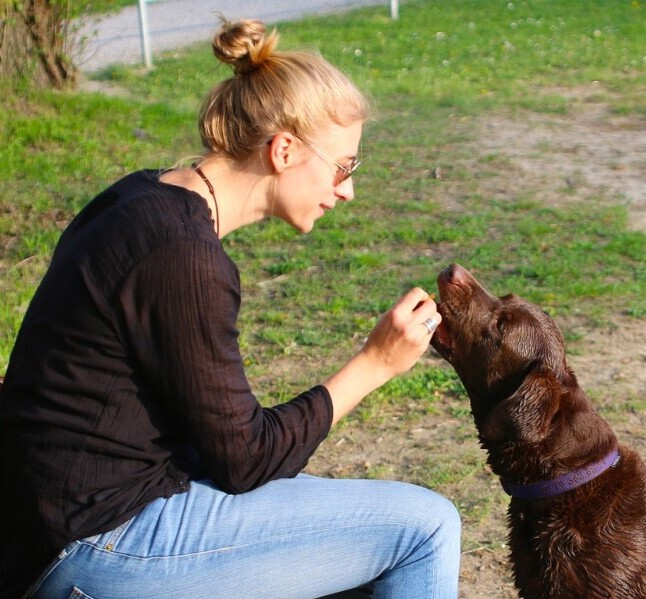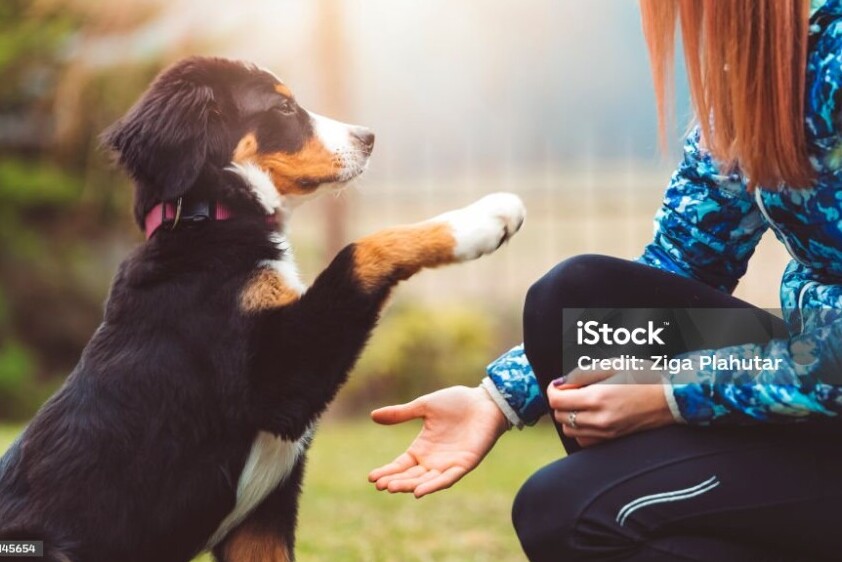As a lifelong pet owner and someone who loves training animals in a gentle, rewarding way, I’ve discovered that not all treats are created equal. What motivates a dog may completely disinterest a cat and birds? They’re on another level entirely! If you’ve ever struggled with figuring out what rewards truly work for your pet, this guide is for you.
Why the Right Treat Matters in Pet Training
Using the right treat or reward during training can dramatically improve your results. Rewards should be:
- Tasty or stimulating enough to catch your pet’s attention.
- Healthy (especially for frequent training sessions).
- Appropriate for the species, breed, and individual preference.
Over the years, I’ve found that finding the perfect reward is half the battle . The rest? Timing and consistency. Read more about the benefits of [positive reinforcement training](https://whiskerwisemind.com/positive-reinforcement-training-how-to-encourage-good-behavior-in-pets/) to fully understand why this approach works so well.
Best Training Treats for Dogs
Dogs are generally food-motivated, which makes them easier to train using treats.
Top Treat Options:
Soft, bite-sized training treats (like Zuke’s or Blue Buffalo) – perfect for quick rewards.
Boiled chicken or turkey – great for high-value situations like recall training.
Peanut butter (xylitol-free!) – useful in puzzle toys or licki-mats.
Carrots or green beans – low-calorie options for overweight pups.
If you’re also working on crate training your puppy …(https://whiskerwisemind.com/crate-training-101-a-safe-space-for-your-dog/), these treats can help create a positive crate experience.
Personal Tip:
My Labrador, Sadie, responds instantly to bits of freeze-dried liver. It’s her “jackpot” treat when she nails a new command!
Best Training Treats for Cats
Cats can be a little trickier, but they can be trained with the right incentives.
Top Treat Options:
Dehydrated chicken or tuna bits– Cats go wild for the texture and smell.
Churu or squeezable puree treats – ideal for training shy or nervous cats.
Cheese or tiny shrimp pieces – high-value rewards, but use them in moderation.
If you’re training a rescue cat(https://whiskerwisemind.com/effective-ways-to-socialize-rescue-cats/), treats like Churu can go a long way in building trust and encouraging interaction.
Personal Tip:
My rescue cat Luna learned to sit and come when called, all thanks to Churu. She literally runs when she hears the cap twist off!
Best Treats and Rewards for Pet Birds
Birds don’t just love treats—they also thrive on praise and interactive play. The trick is discovering *what they love most*.
Top Reward Options:
Millet spray – a classic for small birds like budgies and cockatiels.
Sunflower seeds– Great for parrots, but best used sparingly.
Tiny pieces of fruit – like apple (no seeds), banana, or berries.
Verbal praise and head scratches – some birds love attention more than food.

If you’re working on training and enrichment for your feathered friend, check out our guide on [creating a safe and stimulating environment for pet birds](https://whiskerwisemind.com/how-to-create-a-safe-and-stimulating-environment-for-your-pet-bird/).
Personal Tip:
Our neighbours have a green-cheek conure, Kiwi, who prefers a scratch behind the neck over food! But if we’re working on flight recall, a single sunflower seed works wonders.
Non-Food Rewards That Work
Not all pets are food-driven! Here are non-treat rewards that can be just as effective:
Toys or playtime – especially helpful for active dogs and birds.
Clicker sounds – when paired with food at first, the click becomes a reward signal.
Affection– many cats and dogs love a scratch or belly rub after a job well done.
Freedom or privileges – like opening a crate, going outside, or hopping onto a perch.
To keep your pet mentally sharp, you might also explore ideas for mental stimulation(https://whiskerwisemind.com/mental-stimulation-for-your-senior-dog/) during training and playtime.
Final Thoughts: Listen to Your Pet
What works for one pet might flop for another. The key is to observe what your pet truly values—whether it’s a bit of chicken, a head rub, or a game of tug. Be patient, try different options, and most importantly, make training a joyful experience for both of you.
Training isn’t just about teaching commands—it’s about building a strong bond. And nothing says “I love you” like giving your pet the reward they enjoy most.
And remember—treats are only one part of responsible pet ownership. Learn more about your responsibilities as a pet owner.(https://whiskerwisemind.com/responsibilities-as-a-pet-owner/) to ensure your furry or feathered friend is thriving.
Kind Regards Tim

